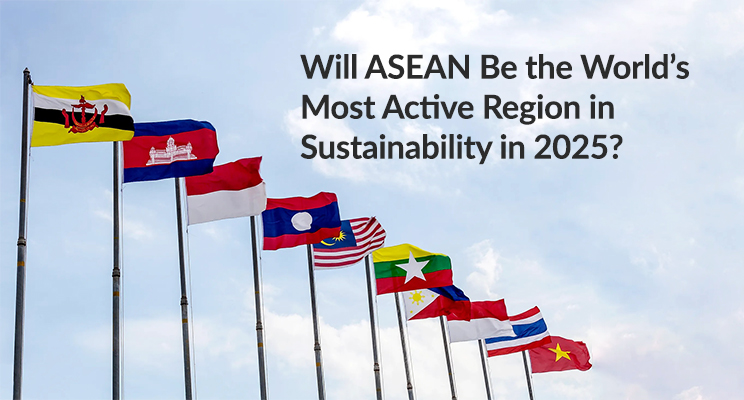ASEAN (Association of Southeast Asian Nations) is one of the fastest-growing regions in the world, comprising 10 countries with a combined population of over 660 million people. According to the World Bank, the region is expected to experience rapid economic expansion in the next decade. The 2024 World Economic Forum in Davos highlighted ASEAN’s rising prominence in global business, emphasising its role in both economic growth and sustainability.
ASEAN’s Economic Growth and Stability
ASEAN’s consistent expansion is driven by a young workforce, increasing foreign investments, and strong post-pandemic recovery. Leaders at Davos projected a 5.2% GDP growth rate for ASEAN in 2025 ASEAN Economic Integration, positioning the region as an attractive destination for investors and businesses.
Trade and Investment Opportunities
ASEAN’s role as a global trade hub has intensified with initiatives like the Regional Comprehensive Economic Partnership (RCEP), the world’s largest free trade agreement. With foreign direct investment (FDI) surging—particularly in technology, infrastructure, and consumer goods (source: UNCTAD)—the region remains a magnet for businesses seeking growth in emerging markets.
ASEAN’s Digital Transformation
ASEAN’s rapid digital transformation is another key driver of its economic rise. The Asian Development Bank estimates that the region’s digital economy will reach $300 billion by 2025. With widespread internet adoption and a young, tech-savvy population, ASEAN is integrating e-commerce, fintech, and digital services at an unprecedented pace. This technological shift is also fueling sustainability efforts, with innovations in smart cities, energy-efficient infrastructure, and green financing solutions.
Sustainability and Green Growth in ASEAN Member Countries
Beyond economic progress, ASEAN is actively embedding sustainability into its development strategy. Member countries are adopting renewable energy policies, carbon reduction targets, and environmental regulations to align with global climate goals. At Davos, world leaders highlighted ASEAN’s ability to integrate sustainability into business models, attracting companies focused on green investments and ESG-driven growth.
Malaysia’s chairmanship and NSRF & ESG reporting
“Inclusivity and Sustainability”, Malaysia’s 2025 ASEAN Chairmanship aims to drive transformative action in energy decarbonization, biodiversity conservation, and regional economic connectivity.
National Sustainability Reporting Framework (NSRF), Launched in September 2024, Malaysia’s NSRF mandates comprehensive Environmental, Social, and Governance (ESG) reporting for companies. This initiative enhances transparency and accountability, encouraging businesses to integrate sustainability into their core operations.
Singapore’s Regional Clean Energy Initiatives
Singapore is leading ASEAN’s clean energy transition, aiming to import 6 gigawatts of low-carbon electricity by 2035. This strategy includes investments in regional power trading networks, reducing reliance on fossil fuels and accelerating the shift toward sustainable energy solutions.
Indonesia and the Philippines: Advancing Geothermal Energy
Indonesia and the Philippines, rich in geothermal resources, are expanding geothermal power generation to meet sustainability targets. Despite challenges like high initial costs and regulatory complexities, both nations are committed to increasing clean energy capacity as part of their broader climate strategies.
Collectively, these initiatives position ASEAN as a leader in sustainable development, balancing economic growth with environmental responsibility.
Challenges ASEAN Region Must Overcome
Despite its strengths, ASEAN faces political instability, infrastructure gaps, and uneven economic development among member states. The Economist highlights that greater regional cooperation is necessary to overcome these barriers and maintain ASEAN’s competitiveness in the global market.
However, optimism remains high. According to a PwC report, ASEAN’s continued integration and market potential could make it one of the world’s top regions for business, investment, and sustainability leadership in 2025.
With its strong economic trajectory, digital innovation, and commitment to sustainability, ASEAN is well-positioned to become a global leader in sustainable business practices. As the region continues to adapt and grow, its ability to balance economic prosperity with environmental responsibility will determine whether it will become the most active region for sustainability in 2025.


